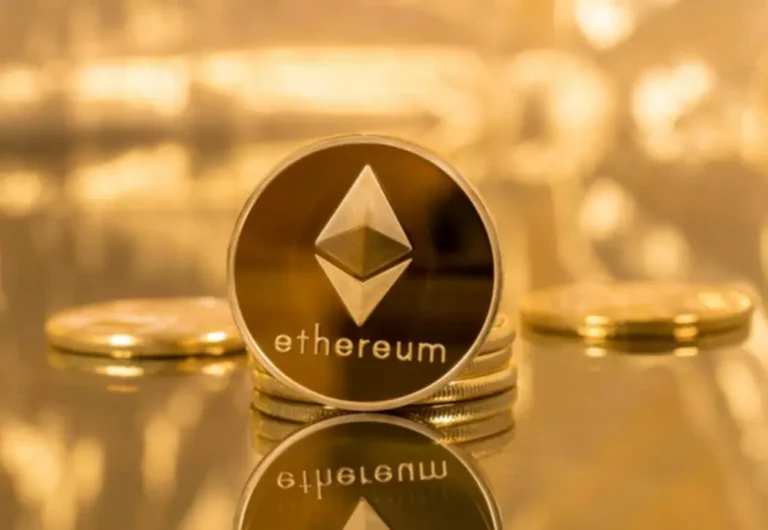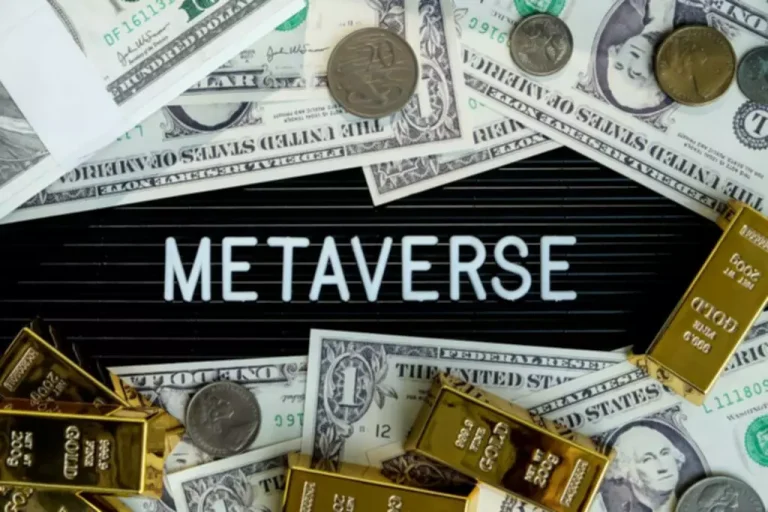What Are Dark Pools? How They Work, Critiques, and Examples Leave a comment
Content
These are designed to serve as neutral platforms catering to diverse clients seeking discreet trade execution. These dark pools aim to provide fair trade matching by connecting client orders with orders from other clients or external liquidity sources. They are often perceived as more transparent and client-focused due to their lack of self-trading. An example of dark pool stock trading can be quoted https://www.xcritical.com/ when an executive of a large company decides to sell 50% of his shares. He knows that this would directly impact the company he’s working for because this is a large number of shares, and his position would attract media attention to the trade.
What does the Critiques say about Dark Pools?
Generally, dark pools are not available to the public, but in some cases, they may be accessed indirectly by retail investors and traders via retail brokers. Alternative Trading Systems (ATS) like dark pools play a crucial role in modern financial markets. ATS provides a platform for investors to trade large blocks of shares without affecting the prices of those shares in the open market. They offer a unique advantage to traders by providing a platform to execute trades anonymously, which reduces transaction costs and improves Cryptocurrency price discovery. The primary advantage of dark pool trading is that institutional investors making large trades can do so without exposure while finding buyers and sellers. Devaluation has become an increasingly likely risk, and electronic trading platforms are causing prices to respond much more quickly to market pressures.
Would you prefer to work with a financial professional remotely or in-person?
These orders are straightforward but less common in dark pools due to the preference for more controlled execution of large trades. Given the anonymous nature of dark pools, price control is often a priority. Dark pools’ operation contrasts sharply with public exchanges, which prioritise transparency and open dark pool trading platform access to market data. In a public market, all bids and offers are visible on an order book, which helps create a clear picture of supply and demand.

What are the benefits of Dark Pool Trading?
They are be factored into the overall market price of a stock since dark pool trades are not reported to public exchanges, which lead to discrepancies between the public exchange price and the true market price. They include agency brokers or exchange-owned dark pools, broker-dealer-owned dark pools, and electronic market makers. Dark pools provide pricing and cost advantages to buy-side institutions such as mutual funds and pension funds, which hold that these benefits ultimately accrue to the retail investors who own these funds. However, dark pools’ lack of transparency makes them susceptible to conflicts of interest by their owners and predatory trading practices by HFT firms. HFT controversy has drawn increasing regulatory attention to dark pools, and implementation of the proposed “trade-at” rule could threaten their long-term viability. On a public exchange, that million-share sale will likely need to be broken up into dozens, if not hundreds of trades.

You can find Mel broadcasting live on Blackbox every day as she helps members track and monitor money flow and align their own trades with large market participants. Mel has been trading for 5 years and started with the BlackBox team as a trial member in 2019. When she first started trading, she was drawn to what moved the markets and how to track the big money flow through monitoring dark pool and options flow. Adding more intrigue to this scenario, one of the sector’s major players, Nvidia (NVDA), was set to report its earnings on February 16th. In light of the mysterious flurry of dark pool activity, traders would be wise to keep a close eye on NVDA’s performance and the broader semiconductor sector.
- As many might surmise, lit pools are effectively the opposite of dark pools, in that they show trading data such as number of shares traded and bid/ask prices.
- Most of the time, dark pool stocks are owned by mainstream financial companies such as Morgan Stanley or the New York Stock Exchange (NYSE).
- Market orders are executed at the best available price in the dark pool trading.
- Dark Pool came into existence when the Securities and Exchange Commission allowed traders to transact huge blocks of shares.
- Since the details of the trades are not available to the public, it can be challenging to assess the impact of dark pool trading on the broader market.
- This can mean higher returns for these institutional funds, which can trickle down to the returns you see.
- Based on SEC and FINRA regulations, individual investors can see order flow numbers to dark pools, but not individual trades.
Investors earn money by placing limit orders in the dark pool, which allows them to buy or sell securities at a specified price or better. Dark pool trading is beneficial to institutional traders because it allows them to execute large trades without revealing their intentions to the public. The use of dark pools has been a topic of controversy due to concerns about market transparency. Another significant risk is the potential for conflicts of interest, particularly in broker-dealer dark pools. These entities often act as both the operator and a participant in the dark pool, which can lead to situations where the broker-dealer’s interests are prioritized over those of their clients.
Without proprietary trading activities, these dark pools avoid conflicts of interest, making them a preferred option for clients who want assurance that the platform has no vested interest in trade outcomes. This way, the identity and trading intentions of the investors are protected. As a result, there is lesser transparency in the market and hence a lesser risk of prices getting affected.
So, everybody knows who is trading what, and this might affect prices if one waits a long time before the transaction is complete. This may happen because there’s not enough liquidity for large transactions. Another example of dark pool trading coming under regulatory scrutiny is the case involving Investment Technology Group (ITG) in 2015. In contrast to dark pools, traditional exchanges are sometimes described as lit markets.
VWAP orders distribute trades in smaller segments to reduce their impact on prices, allowing for a more gradual and less conspicuous execution of large trades, a critical benefit in dark pools. The primary advantage of this setup is that it prevents other market participants from reacting to large trades that could otherwise cause significant price changes. For example, a large buy order visible in a public market might drive up the stock price, reducing the buyer’s advantage. Investors interested in placing large-volume trades submit orders to dark pools through their broker-dealer or financial institution.
The Balance does not provide tax, investment, or financial services and advice. The information is presented without consideration of the investment objectives, risk tolerance, or financial circumstances of any specific investor and might not be suitable for all investors. Yes, dark pools are legal and regulated by financial authorities like the SEC in the United States. The DIX is basically a specific kind of DIP representing how a basket of assets behaves in the dark pools. Depending on which program you’re using, you can also see the moving average of different tickers.
A surprisingly large proportion of broker-dealer dark pool trades are executed within the pools–a process that is known as internalization, even when the broker-dealer has a small share of the U.S. market. The dark pool’s opaqueness can also give rise to conflicts of interest if a broker-dealer’s proprietary traders trade against pool clients or if the broker-dealer sells special access to the dark pool to HFT firms. The biggest advantage of dark pools is that market impact is significantly reduced for large orders. Dark pools may also lower transaction costs because dark pool trades do not have to pay exchange fees, while transactions based on the bid-ask midpoint do not incur the full spread.
Some operate on a continuous trading basis throughout the day, while others are block trading-cross platforms. Some operate as non-displayed limit order books, while others execute orders at the exchange midpoint, and others that quickly accept or reject incoming orders. Institutional trading is global and can have a huge impact; the strategies and quantities of securities being traded can literally move their respective markets. While dark pools offer clear advantages, their opaque nature has increased regulatory scrutiny for fair market practices.
Full-time moderator, Mel Stone, provides a comprehensive course to our members, equipping them with insights into the nuances of dark pool data integrated with our indicators and charts. In this article, we’ll delve into the basics of dark pools, indicators, alerts, and strategic use of this data in conjunction with options flow for informed trading. One of the top reasons why investors and traders use dark pools is to obtain better pricing by remaining private. Within a lit exchange, an institutional investor—such as a large pension fund—might try to sell thousands or millions of shares.
Dark pools are often only accessible to institutional investors, leaving smaller investors at a disadvantage. Agency brokers provide unbiased advice and recommendations, ensuring that clients receive fair and objective guidance. These brokers have access to a wide range of financial products, giving clients more options when it comes to investment opportunities. One of the main drawbacks is that these brokers typically charge higher fees and commissions compared to other types of brokers.
These dark pools only generally have the bigger players involved which means that their orders can more favorably be matched by pool operators. Essentially, there is a better chance that the crossing orders at the midpoint will result in better bid ask prices for both the buyer and the seller in this equation. The first dark pool was created in 1986, with the launch of Instinet’s trading platform called After Hours Cross. It allowed investors to place anonymous orders that were matched after the markets closed. Just one year later, in 1987, a second platform emerged in the form of ITG’s POSIT.